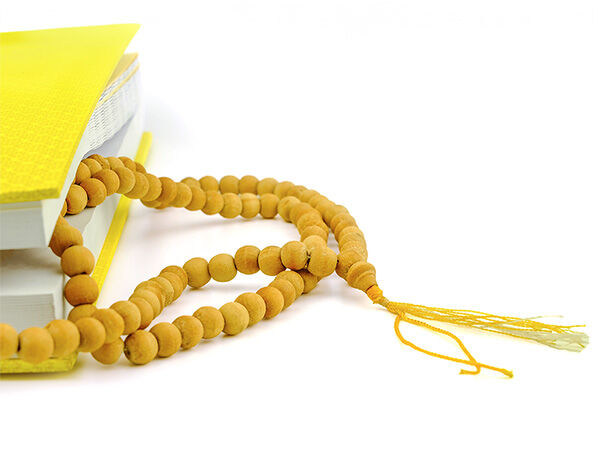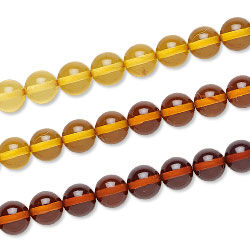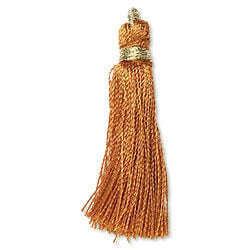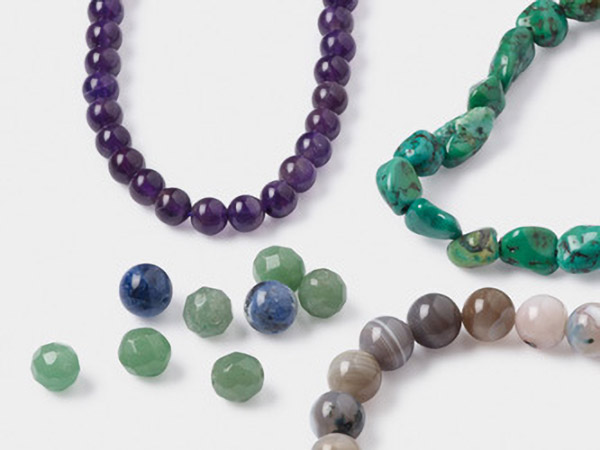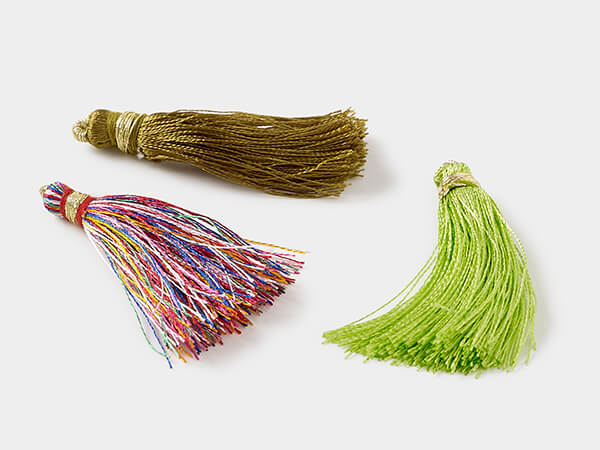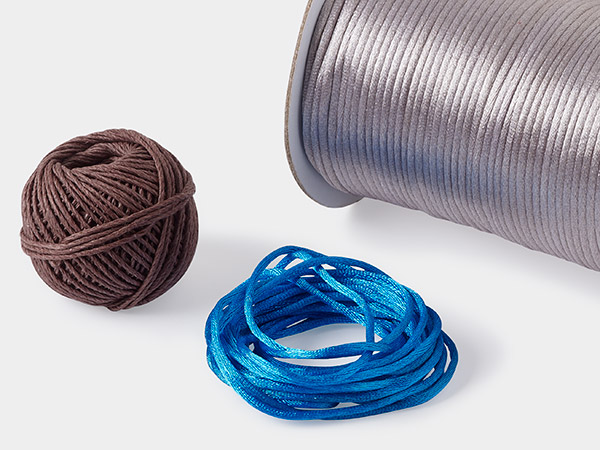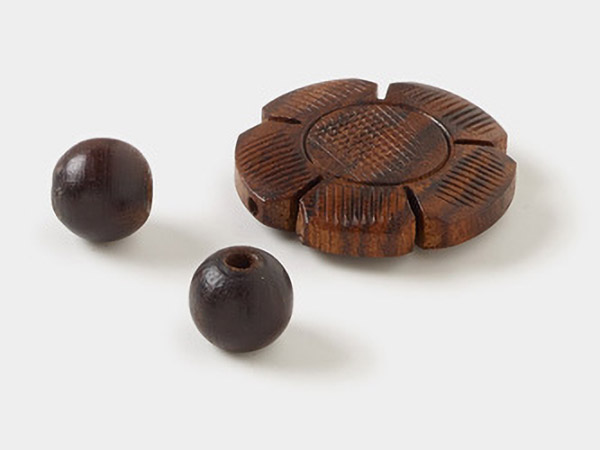Komboloi - The Mystery and the History of Greek Worry Beads
Komboloi, this old man of more than 2500 years old, keeps walking around the Earth, offering presents of soul, spirit, body, and beauty.
- The Athenian Center of Chaplets
Komboloi - Greek Worry Beads: Origins, History and Use
The word Komboloi (pronounced KOHM-boy-ay) comes from the Greek words "kombos", meaning a large number of knots, and "loi," meaning a group that sticks together.
Komboloi beads, also known as "worry beads," are commonly believed to have first been used on Mount Athos in northern Greece during medieval times, where strands of beads made of woolen knots were tied on a string and used as an aid to recount prayers.
Your first encounter with Greek Komboloi worry beads may have been a quick flash of beads being skillfully maneuvered in the hands of a nervous traveler or hanging from the rearview mirror of a taxicab. However, the origins of this renewed trend are from the days of ancient Greek history.
Of course, to the unaware observer, worry beads could mean nothing at all, they might even be considered a poor representation of beading skill since the strand is made of loosely strung beads. But for many who know what a Komboloi is, it represents a chance to learn about life and to create art.
For many years, modern Greeks looked down on worry beads as an old-fashioned idea. Recently, they have revived this tradition, and now the rhythmic clicking of worry beads can be heard almost everywhere, from executive meetings to a club down the street.
One voice that continues to speak praises and educate the public about the history of the Komboloi is Aris Evangelinou. After authoring a widely popular book titled The Komboloi and Its History, he has helped stimulate Greek interest in the beads.
When Greece recently developed its tourism industry, the Komboloi, an important element of Greek culture and tradition, became popular again, especially as a souvenir for travelers.
Ancient Greeks realized that the methodical twirling, rhythmic clicking and the distinct feeling of having each bead slip over their fingers could take their mind off their worries and welcome a calm, relaxing serenity. Today, this principle has expanded to include taking one's mind off particularly bad feelings or habits such as overeating and smoking.
While amber is the traditional material for worry beads, you can find them in almost any material. Komboloi is revered like a living organism, for it is graced with the ability to change shape, form, content and role depending on its holder. Everyone can buy or design a Komboloi that corresponds to their unique personalities.
How to Make Komboloi
You can make beautifully crafted, authentic Komboloi using natural authentic amber, naturally derived crystals, organic materials and noble silver or gold metals. Komboloi are traditionally made with a length of cord—preferably silk—twice as long as the holder's open palm. A Komboloi should consist of an odd number of beads, with an even pattern of fours, plus one. A functional Komboloi will have even sets of four and one extra in the middle.
Kombloi can be strung with anywhere from sixteen to thirty-two beads, plus one larger, decorative bead (called the papas or "priest") that joins the two ends. The cord is tied below the papas bead and adorned with a metal or silk tassel (called the founda in Greek). The un-beaded portion of the cord is usually equal to the length of the holder's open palm.
Personalizing Komboloi
There are a variety of ways to personalize your own Komboloi, including the size, color and number of beads, as well as the style of the papas/priest bead and tassel. While traditional Komboloi are strung on silk, you can change it up with cotton, hemp, leather or other stringing materials. Some Komboloi are occasionally strung on chains, but the constant motion of the beads sliding along the metal can wear away at them over time, especially soft materials like amber or coral. Any way you embellish your Komboloi, you will be creating a work of art that will become a personal symbol of independence, freedom and wisdom.
Komboloi Beads Health Benefits
In an age when life can be too fast-paced, exhausting and stressful, depression and bad habits can become factors of everyday life. Komboloi beads can help alleviate stress and provide helpful alternatives to unhealthy behaviors in the following ways:
- A helpful distraction when trying to give up bad habits like smoking, overeating or nail biting
- A remedy for certain ailments
- A relaxation tool
- A delight to our senses, with its silky round beads, weighted mass, vibrant colors, sense of amber or wood and musical clicking
Komoboloi Beads Aesthetic Values
Komboloi beads are also objects of admiration, offering owners...
- A precious keepsake
- A piece of art when designed with high aesthetic standards
- A collector's item for its rare and precious qualities of beauty
- An amulet when it contains symbols of our beliefs
- A home décor feature for furniture, table and the walls
- An heirloom that is reminiscent of the lives and the tales ancient cultures told, as well as bearing the story of our own lives for generations to come
- A symbol of wealth, because it displays the fact that we have plenty of free time and can afford fine quality beads
- A reflection of our personality, as it reflects our ego, tastes and personality in the same way our home décor or wardrobe does
Komoboloi and You
A Komboloi will have a special meaning for each individual who holds it. Once you spend the time to carefully find the familiar warmth and feel of your own Komboloi, you should not share them, but instead encourage others to seek or make their own Komboloi companion. As you feel the smooth beads sliding through your fingers, you just might find yourself hooked forever on this heartwarming Greek tradition, and be proud to call yourself a friend of the Komboloi.
Shop for Your Materials Here:
Have a question regarding this project? Email Customer Service.
Copyright Permissions
All works of authorship (articles, videos, tutorials and other creative works) are from the Fire Mountain Gems and Beads® Collection, and permission to copy is granted for non-commercial educational purposes only. All other reproduction requires written permission. For more information, please email copyrightpermission@firemtn.com.
**Please note that all metaphysical or healing properties listed are collected from various sources. This information is offered as a service and not meant to treat medical conditions. Fire Mountain Gems and Beads® does not guarantee the validity of any of these statements.
